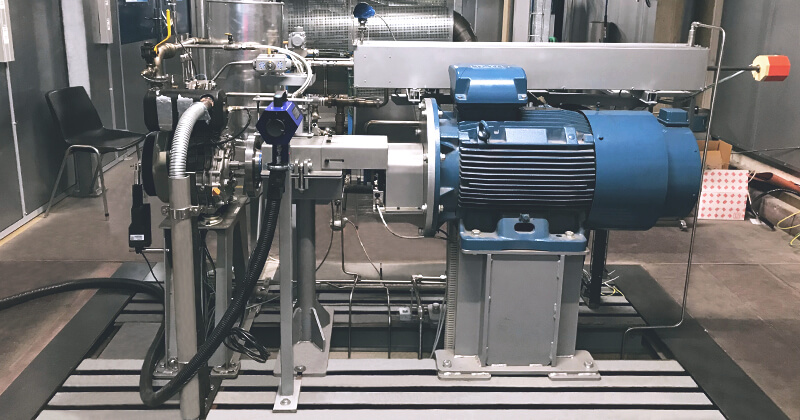2022/02/18
Electric Linear Actuators Used On a Test Bench For Experimental Activities
Noticias/Artículos
Tackling tomorrow’s engineering challenges with Electric Linear Actuators.
Discover how electric actuators can create motion in a variety of applications and automate the opening and closing of certain systems. A collaboration between TiMOTION Europe and students from UCL University in Belgium.
Students from the University UCL in Belgium contacted us for a challenging project. They wanted to reduce air pollutant emissions and increase the efficiency of a Homogeneous Charge Compression Ignition (HCCI) engine, an engine operating in a combustion mode between gasoline and diesel. Within the framework of this project, this one runs on methane gas.
The idea was born in the context of the energy transition in Belgium. Electricity will become more and more omnipresent in our daily life. It is tomorrow's energy, and renewable energy systems (solar and wind devices) tend to become indispensable.
There are still many open questions about fuel consumption, but the most promising solution seems to be synthesized energy production through renewable energy sources.
These synthesized energies are fuels that can be liquid (CH3OH, Cn Hm) or gaseous (H2, CH4, NH3). They can be produced from biomass (“synthetic fuels,” via H2 and CO) but, more importantly, from excess electricity (“electrofuels” via H2). These renewable energies appear as a long-term solution to be used through various forms of energy.
The students’ mission is to work on a technical-economic solution, a synthetic fuel, to meet the challenges of climate change. Their mission is also to ensure energy grid stability and security supply in 2040 and beyond in Belgium.
To accomplish this, the team is studying the HCCI engine and methane combustion. The objective is to increase engine power efficiency and lower emissions of air pollutants.
At the end of scientific research, which will last at least four years, the students will have to provide recommendations to the government as a toolbox for the upcoming transition.
The students' project with electric actuator technology
The team working on the HCCI engine project is composed of one Ph.D. student, one or two master’s students (changing each year), and various technicians. To carry out their laboratory experiment, they need to automate the opening and closing of the room’s cooling system where the HCCI engine is located to control engine temperature automatically.
They are studying this engine, which uses a type of combustion to help reduce emissions. It has low soot and NOx emissions.
The students want to try to improve the efficiency of this technology by increasing the amount of the mixture (air, fuel) allowed in the engine and by meeting stricter emission standards
That’s how electric actuators come into play!
Electric actuators for opening and closing a room’s cooling system
To automate the opening and closing of the cooling system of a room where the engine is located, the team decided to use TiMOTION’s MA5 electric linear actuator. It’s used to control the air temperature in the room.

Some words from the team:
“ The MA5 electric actuator is used on a test bench for experimental activities in the university lab. It meets the expectations because it fits the required specifications. ”
We will follow the students and the evolution of this project throughout their training program.
TiMOTION welcomes the opportunity to advance this project and collaborate with these students to make it happen. If you have any questions about our products or require technical support, please contact the sales representative nearest you.










